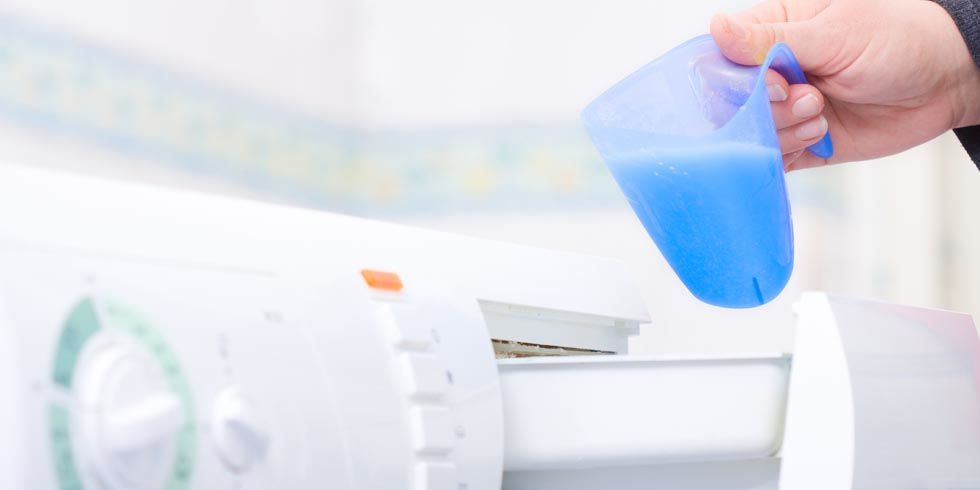Whether you use liquid fabric softener or dryer sheets, these products soften fibers to help reduce wrinkles, diminish static cling and add a bit of fragrance to your laundry. But using them on certain materials can actually have a negative effect on fibers. Carolyn Forte, director of the Good Housekeeping Institute Cleaning Lab, says to read the care label before adding it to your rinse cycle — and think twice about using fabric softener on these five materials.
1. Microfiber
What’s great about microfiber is that its intricate threads have the ability to trap dust and absorb spills. However, if you toss it in the wash with fabric softener, you could end up destroying their effectiveness.
2. Sportswear
Many types of athletic wear have wicking technology to absorb sweat from your skin and keep you cool when you’re working out. If you use fabric softener on these garments, it’ll leave a coating that will prevent them from well, wicking.
3. Towels
While everyone loves to dry off with a soft towel, liquid fabric softener and dryer sheets can reduce the absorbency of terry cloth and other fluffy fabrics. If you feel like your towels aren’t drying as well as they did when they were new, skip the softener every few washes.

4. Flame-resistant clothing
To reduce the risk that kids’ sleepwear will catch on fire, it’s required to be flame-resistant. But washing your children’s pajamas and nightgowns with fabric softener impacts the flame-resistant properties in the fabric.
5. Water-repellent fabric
Similar to flame-resistant clothing, fabric softener could alter the fibers in this material too, according to Forte: “It may impact the ability of the finish to repel water.” And if that happens, what’s the point of the garment?












